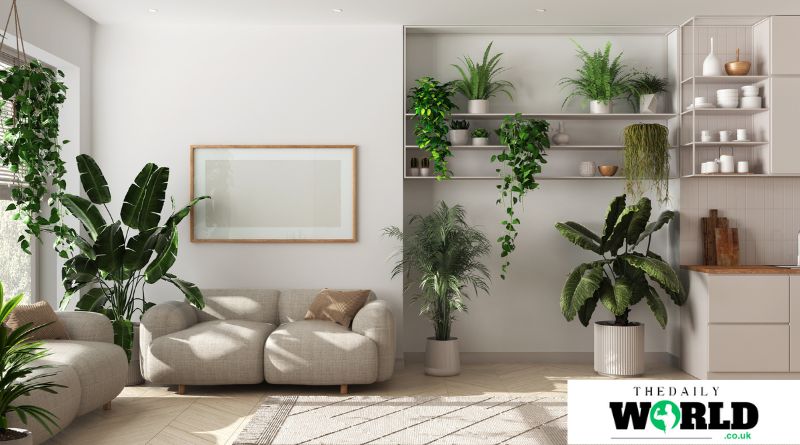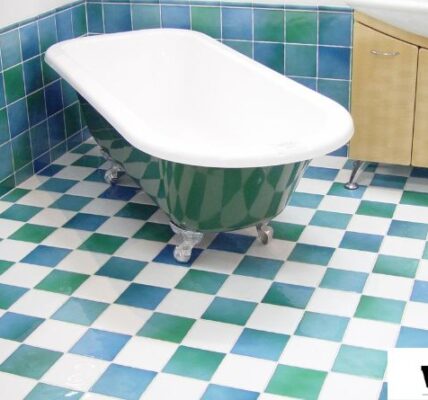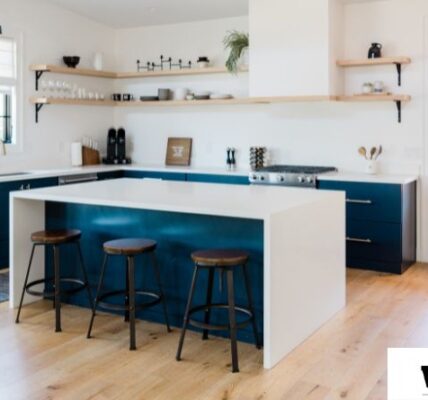The living room is the heart of any home, a space where family and friends gather to relax, entertain, and enjoy each other’s company. Creating a living room that is both stylish and functional can be a rewarding challenge. Whether you’re looking to completely overhaul your space or just add a few new touches, there are countless living room ideas to inspire you. From selecting the perfect furniture to choosing the right color scheme, this guide will help you create a living room that reflects your personal style and meets your practical needs.
Choosing the Right Furniture
Choosing the right furniture for your living room is crucial to creating a comfortable and inviting space. The first step is to consider the size and layout of your room. For smaller living rooms, opt for multi-functional furniture that can serve more than one purpose. A sofa bed or a storage ottoman can save space while still providing the comfort and functionality you need. In larger living rooms, you have more flexibility to incorporate various pieces, such as a sectional sofa, coffee table, and accent chairs.
When selecting furniture, think about the style you want to achieve. Do you prefer a modern, minimalist look, or are you more drawn to traditional, cozy aesthetics? For a modern living room, choose sleek, low-profile furniture with clean lines and neutral colors. For a more traditional look, opt for plush sofas with rolled arms, wooden coffee tables, and warm, inviting colors.
Creating a Focal Point
Every living room needs a focal point, a feature that draws the eye and anchors the space. This could be a fireplace, a large piece of artwork, or a statement piece of furniture. If you have a fireplace, arrange your seating around it to make it the center of attention. For those without a fireplace, a large piece of artwork or a gallery wall can serve as an excellent focal point. Alternatively, a statement piece of furniture, such as a bold-colored sofa or an intricately designed coffee table, can also act as the focal point of your living room.
Color Scheme and Lighting
The color scheme of your living room sets the tone for the entire space. Neutral colors like white, beige, and gray are timeless and versatile, allowing you to easily change your decor over time. However, don’t be afraid to incorporate bold colors if you want to make a statement. A feature wall painted in a vibrant hue or a colorful rug can add personality and energy to your living room.
Lighting is another crucial element in creating the perfect living room. A combination of ambient, task, and accent lighting will ensure your space is well-lit and functional. Ambient lighting, such as ceiling lights or chandeliers, provides overall illumination. Task lighting, such as floor lamps or table lamps, is essential for reading or other activities. Accent lighting, like wall sconces or decorative lamps, adds depth and highlights specific areas or features in your living room.
Incorporating Textures and Patterns
Incorporating different textures and patterns can add depth and interest to your living room. Mix and match materials such as leather, velvet, and linen to create a rich, layered look. For example, a leather sofa paired with velvet throw pillows and a chunky knit blanket can create a cozy yet sophisticated atmosphere.
Patterns can also play a significant role in your living room design. Whether through rugs, throw pillows, or wallpaper, patterns can add visual interest and personality to your space. When mixing patterns, stick to a cohesive color scheme to ensure the overall look remains harmonious.
Maximizing Storage
Storage is often a concern in living rooms, especially in smaller spaces. Look for furniture that offers built-in storage solutions, such as coffee tables with shelves or drawers, storage ottomans, or bookcases. Floating shelves are another great way to add storage without taking up valuable floor space. Use baskets and decorative boxes to keep smaller items organized and out of sight.
Personal Touches and Accessories
Personal touches and accessories are what make your living room truly feel like home. Display family photos, travel souvenirs, or artwork that has special meaning to you. Incorporate items that reflect your hobbies and interests, whether it’s a collection of books, musical instruments, or vintage finds.
Plants are another great way to add life and color to your living room. Whether you opt for a few small potted plants or a large statement plant, greenery can make your space feel fresh and inviting. Consider low-maintenance plants like succulents or snake plants if you don’t have a green thumb.
Creating Different Zones
If your living room is large enough, consider creating different zones for various activities. For example, you might have a seating area for conversation and relaxation, a reading nook with a comfortable chair and good lighting, and a workspace with a desk and chair. This approach not only makes your living room more functional but also helps to break up the space and make it feel more intimate.
Incorporating Technology
In today’s digital age, incorporating technology into your living room design is almost a necessity. A well-placed TV is often a key feature in many living rooms, but it doesn’t have to dominate the space. Consider mounting your TV on the wall to save space and create a sleek, modern look. Alternatively, you can hide your TV in a cabinet or behind sliding panels when not in use.
Smart home technology can also enhance the functionality of your living room. Smart lighting systems, for example, allow you to control the brightness and color of your lights with your smartphone or voice commands. Similarly, a smart thermostat can help you maintain a comfortable temperature in your living room.
Seasonal Updates
One of the easiest ways to keep your living room feeling fresh and updated is to make seasonal changes. Swap out throw pillows, blankets, and rugs to reflect the changing seasons. In the winter, opt for cozy, warm fabrics and rich colors. In the summer, go for light, airy materials and bright, cheerful hues. These small changes can make a big impact and keep your living room looking stylish year-round.
Sustainable and Eco-Friendly Choices
Incorporating sustainable and eco-friendly choices into your living room design is not only good for the environment but can also create a unique and stylish space. Look for furniture made from reclaimed or sustainably sourced materials. Choose natural fibers for rugs and upholstery, and consider second-hand or vintage pieces that can add character and reduce waste.
Energy-efficient lighting and appliances can also help reduce your home’s environmental impact. LED bulbs, for example, use significantly less energy than traditional incandescent bulbs and last much longer.
Conclusion
Designing the perfect living room is a blend of aesthetics and functionality. By carefully selecting furniture, creating a focal point, choosing the right color scheme and lighting, and incorporating textures, patterns, and personal touches, you can create a space that is both stylish and inviting. Whether you’re working with a small space or a large room, these living room ideas can help you transform your home into a place where family and friends love to gather. Remember, the best living room is one that reflects your personal style and meets your everyday needs. So take these ideas, get creative, and enjoy the process of making your living room a space you’ll love to spend time in.
Read also: check












